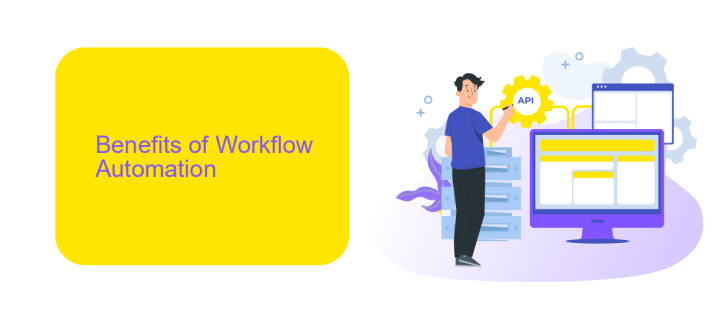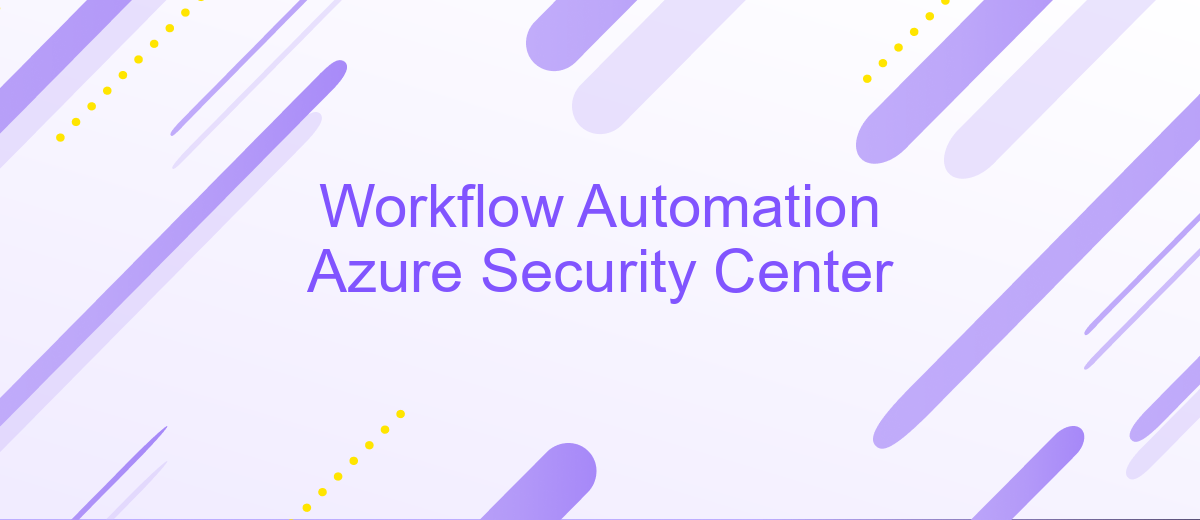Workflow Automation Azure Security Center
In today's rapidly evolving digital landscape, ensuring robust security while maintaining operational efficiency is paramount. Workflow automation in Azure Security Center offers a powerful solution to streamline security management, reduce response times, and enhance overall protection. This article explores how leveraging Azure's automation capabilities can significantly bolster your security posture and optimize your organization's workflow processes.
Introduction
Workflow automation in Azure Security Center is a transformative approach to enhancing your security operations. By automating routine tasks and responses, organizations can significantly reduce the time and effort required to manage security threats and vulnerabilities. This not only improves efficiency but also ensures a faster and more accurate response to potential security incidents.
- Streamlined incident response
- Automated threat detection
- Enhanced compliance management
To further optimize your workflow automation, integrating with services like ApiX-Drive can be highly beneficial. ApiX-Drive allows seamless integration with various applications and services, enabling you to automate data transfers and trigger actions based on specific events. This helps in creating a cohesive and efficient security ecosystem, ensuring that your Azure Security Center operates at its full potential.
Benefits of Workflow Automation

Implementing workflow automation in Azure Security Center offers numerous advantages, enhancing both efficiency and security. By automating routine tasks, organizations can significantly reduce manual intervention, thereby minimizing human error and freeing up valuable time for IT staff to focus on more strategic initiatives. This not only streamlines operations but also ensures that security protocols are consistently applied, reducing the risk of oversight and enhancing overall security posture.
Moreover, workflow automation facilitates seamless integration with various third-party services and tools, such as ApiX-Drive. This integration capability allows for the automatic transfer of data between systems, ensuring that all security alerts and incidents are promptly and accurately addressed. By leveraging such integrations, organizations can create a more cohesive and responsive security environment, ultimately leading to faster incident resolution and improved compliance with regulatory requirements. Overall, the benefits of workflow automation in Azure Security Center are substantial, driving both operational efficiency and robust security management.
Configuring Workflow Automation

Configuring workflow automation in Azure Security Center can significantly streamline your security operations and enhance your incident response capabilities. By automating repetitive tasks, you can focus on more critical aspects of your security strategy, ensuring a more robust defense against threats.
- Navigate to the Azure Security Center dashboard and select 'Workflow Automation' under the 'Automation & Orchestration' section.
- Click on 'Add Workflow Automation' and provide a name and description for the workflow.
- Define the trigger conditions, such as specific security alerts or recommendations that will initiate the automated workflow.
- Select the actions to be performed automatically, which can include sending notifications, creating tickets, or triggering remediation processes.
- Integrate with external services like ApiX-Drive to enhance your automation capabilities, allowing seamless data transfer and task execution across multiple platforms.
- Review and save your workflow automation settings.
By leveraging workflow automation in Azure Security Center, you can ensure a more efficient response to security incidents. Integrating with services like ApiX-Drive further enhances your automation capabilities, enabling you to create a cohesive and streamlined security infrastructure.
Best Practices

Implementing best practices for workflow automation in Azure Security Center ensures that your security operations are efficient and effective. Start by defining clear objectives for what you aim to achieve with automation, such as reducing response times or improving incident detection accuracy.
Next, focus on integrating your existing tools and services to create a seamless workflow. Utilize services like ApiX-Drive to facilitate these integrations, enabling you to connect Azure Security Center with other platforms effortlessly. This can help in automating data transfers, alerts, and incident responses.
- Regularly update and review your automated workflows to adapt to new threats and vulnerabilities.
- Ensure that your team is trained to handle automated systems and can intervene when necessary.
- Monitor the performance of your automated workflows to identify areas for improvement.
- Utilize logging and auditing features to keep track of automated actions for compliance and troubleshooting.
By following these best practices, you can enhance the efficiency and reliability of your security operations. Automation not only saves time but also helps in maintaining a robust security posture by ensuring timely and accurate responses to threats.


Conclusion
In conclusion, implementing workflow automation in Azure Security Center significantly enhances the efficiency and reliability of your security operations. By automating routine tasks, you can focus more on strategic initiatives and threat mitigation, ensuring that your security posture remains robust and agile. The integration capabilities offered by Azure Security Center allow seamless connectivity with various tools and services, streamlining your security workflows and reducing manual intervention.
Moreover, leveraging third-party services like ApiX-Drive can further optimize your automation processes. ApiX-Drive enables easy integration between Azure Security Center and other applications, ensuring a smooth data flow and consistent security management. By incorporating such tools, you can achieve a more comprehensive and cohesive security strategy, ultimately safeguarding your digital assets more effectively. Embrace workflow automation and integration to stay ahead in the ever-evolving landscape of cybersecurity.
FAQ
What is Workflow Automation in Azure Security Center?
How can I set up Workflow Automation in Azure Security Center?
What types of actions can be automated using Azure Security Center?
Can I integrate Azure Security Center Workflow Automation with third-party services?
Is there a way to test the Workflow Automation setup before deploying it?
Apix-Drive will help optimize business processes, save you from a lot of routine tasks and unnecessary costs for automation, attracting additional specialists. Try setting up a free test connection with ApiX-Drive and see for yourself. Now you have to think about where to invest the freed time and money!

